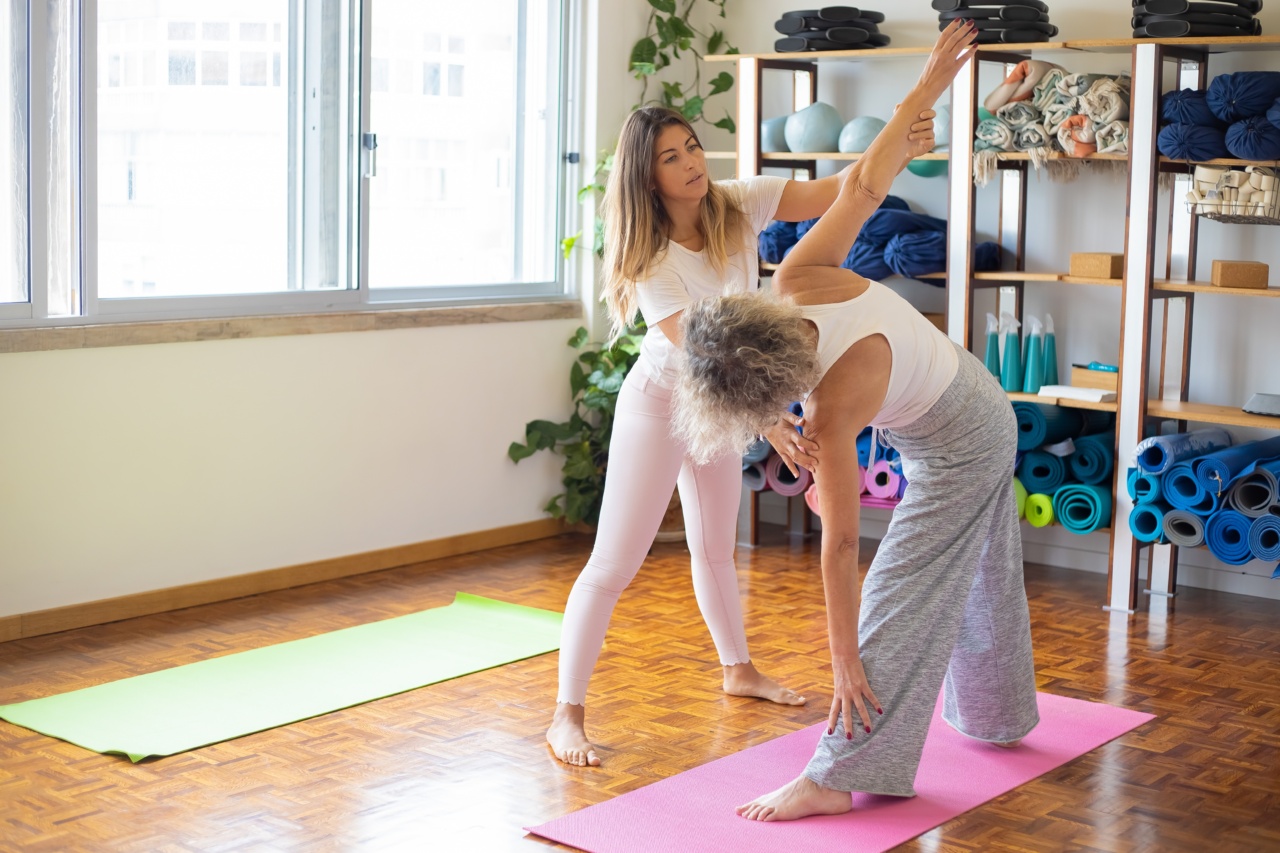Stretching is an important aspect of maintaining flexibility and preventing injuries.
Whether you are an athlete, a fitness enthusiast, or simply someone who wants to improve their overall well-being, incorporating proper stretching techniques into your routine can significantly enhance your performance and reduce the risk of muscle strains and other related issues. In this guide, we will cover everything you need to know about effective stretching techniques.
The Benefits of Stretching
Stretching offers a wide array of benefits for both your body and mind. Some of the key advantages include:.
- Improved flexibility and range of motion
- Enhanced athletic performance
- Increased blood flow and circulation
- Reduced muscle soreness and stiffness
- Improved posture and alignment
- Relief from muscle tension and stress
- Prevention of muscle imbalances and injuries
Types of Stretching Techniques
There are various stretching techniques that target different muscle groups and serve specific purposes. Some of the most commonly used methods include:.
- Static Stretching: This involves stretching a muscle and holding it in a position for a prolonged period, usually around 30 seconds. It helps to improve flexibility and relax the muscles.
- Dynamic Stretching: Dynamic stretching involves moving the joints and muscles through a full range of motion. It is commonly used as part of a warm-up routine before workouts or physical activities.
- Active Stretching: Active stretching requires you to use the strength of the opposing muscle group to stretch a specific muscle. It helps to improve flexibility and develop muscle control.
- Passive Stretching: Passive stretching involves using an external force, such as a partner, gravity, or a strap, to aid in the stretching process. It allows for a deeper stretch and helps to increase flexibility.
- PNF Stretching: Proprioceptive Neuromuscular Facilitation (PNF) stretching is a combination of passive stretching and isometric contractions. It is known to improve flexibility and range of motion.
Proper Stretching Techniques
To ensure you reap the maximum benefits from stretching and reduce the risk of injury, it is crucial to follow proper techniques. Here are some key guidelines to keep in mind:.
Warm Up:
Before starting any stretching routine, it is essential to warm up your body with light cardiovascular exercises such as jogging or cycling for about 5-10 minutes. This increases blood flow to the muscles and prepares them for stretching.
Stretch Both Sides:
Always stretch both sides of your body equally to maintain balance and symmetry. If you stretch one side more than the other, it can lead to muscle imbalances and potential injury.
Breathe and Relax:
While stretching, remember to breathe deeply and relax into the stretch. Avoid holding your breath, as it can create muscle tension and hinder the effectiveness of the stretch.
Don’t Push Too Hard:
Stretch only to the point of mild tension. Avoid overstretching or forcing a stretch beyond your limits, as it can lead to muscle strains or sprains.
Hold and Repeat:
For static stretching, hold each stretch for about 30 seconds without bouncing or jerking. Repeat each stretch 2-3 times. Dynamic stretches can be performed for shorter durations, typically 10-15 seconds, but should be repeated more times.
Stretch in Proper Sequence:
When performing multiple stretches, it is advisable to start from top to bottom or from larger muscle groups to smaller ones. This allows for a systematic and effective stretching session.
Focus on Major Muscle Groups:
Pay attention to stretching major muscle groups such as hamstrings, quadriceps, calves, chest, back, and shoulders. These areas are commonly tight and prone to stiffness, especially in individuals with sedentary lifestyles.
Use Proper Form:
Maintain good posture and proper alignment during stretching exercises. Incorrect form can lead to ineffective stretching and potentially cause additional strain on muscles and joints.
Stretch Regularly:
Consistency is key when it comes to stretching. Aim to incorporate stretching exercises into your routine at least 2-3 times per week to maintain flexibility and prevent muscle imbalances over time.
Listen to Your Body:
Pay attention to any discomfort or pain during stretching. If you experience sharp pain or persistent discomfort, stop the stretch and consult a healthcare professional.
Conclusion
Proper stretching techniques are vital for improving flexibility, preventing injuries, and enhancing overall performance.
Remember to incorporate a variety of stretching methods, such as static, dynamic, active, passive, and PNF stretching, into your routine. Follow the guidelines discussed above to ensure safety and maximize the benefits of stretching. Make it a habit to stretch regularly, listen to your body, and enjoy the positive impact it brings to your physical well-being.































